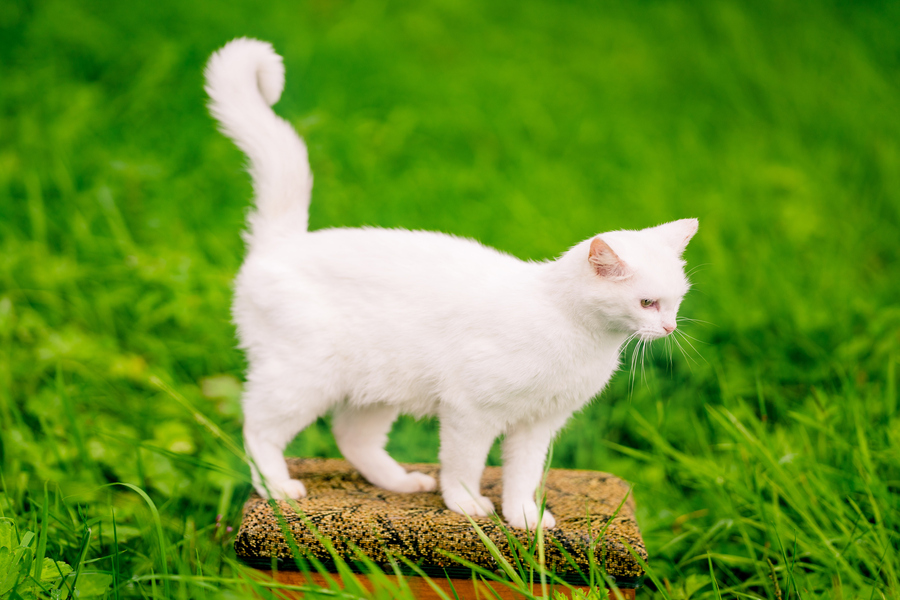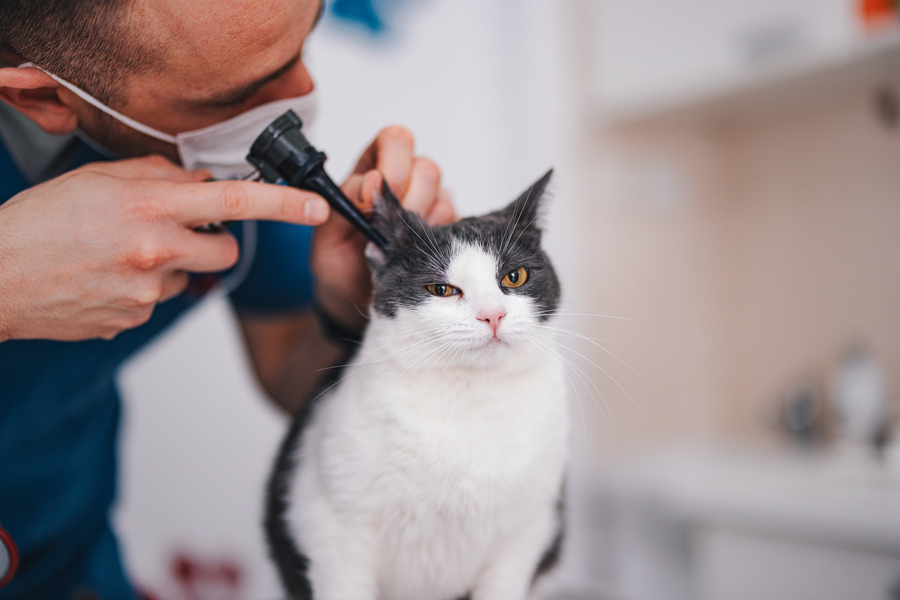
External infections in cats
Infections in cats
Infections are a common problem for cats. Infections can be caused by bacterium, fungi, or parasites. They might be external or internal and will often require treatment with an appropriate medication, that can only be prescribed by a veterinarian.
External Infections
External infections can affect anywhere on the outside of the cat's body such as their ears, eyes, or skin and are therefore usually easier to spot.


Treatment
Most treatments for external infections (eyes, ears and skin) are prescription only medications (POM-V), which means they can only be prescribed by a veterinary surgeon. The veterinary surgeon will conduct a full clinical examination, which may include further diagnostics, such as using an ophthalmoscope or otoscope to look at the eyes/ears. Swabs or samples may also be required to make an accurate diagnosis.
It is important to always administer according to the prescription and finish the course of treatment. Not doing so, could result in a treatment failure or an exacerbation of the condition you are trying to treat.




